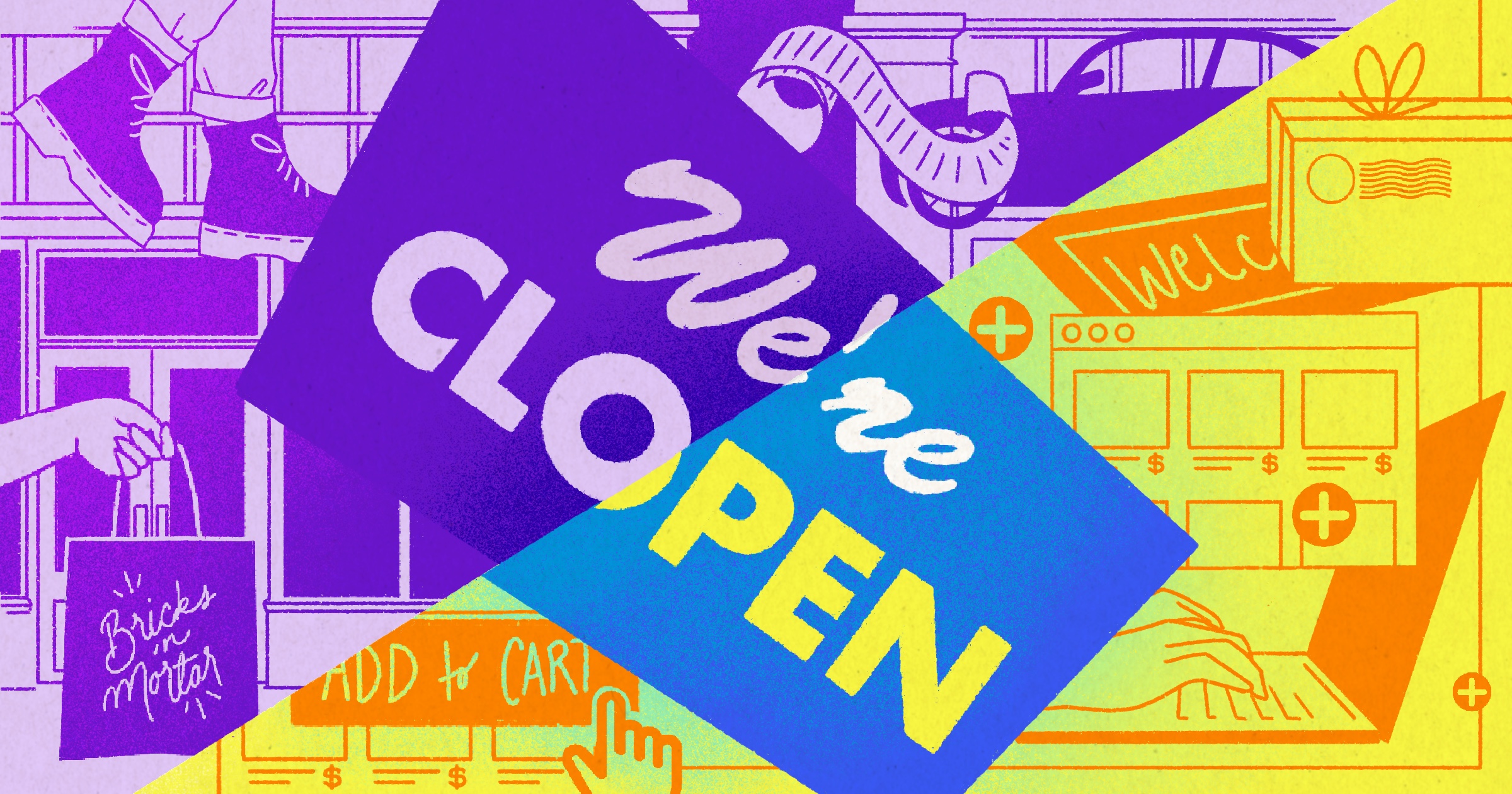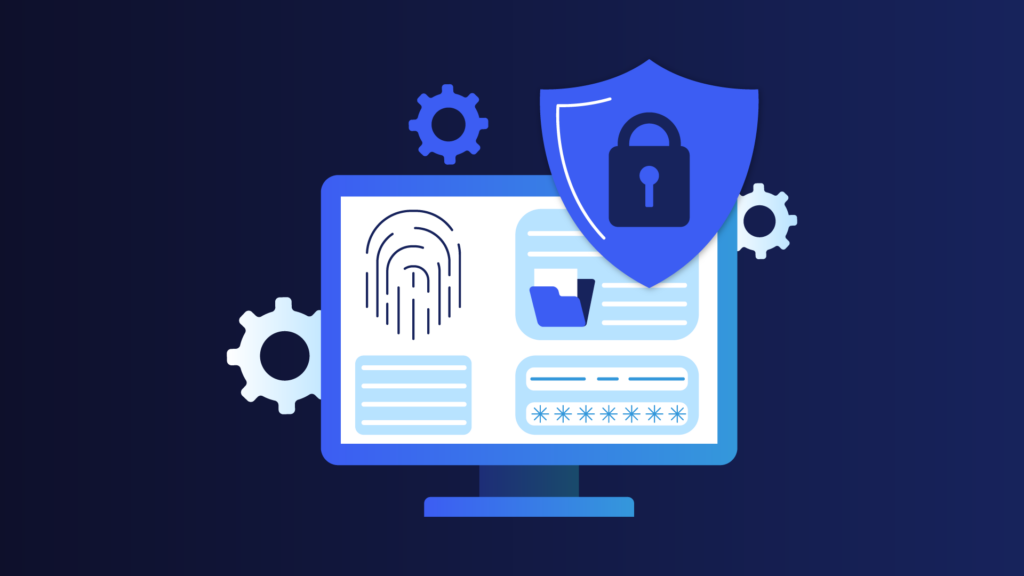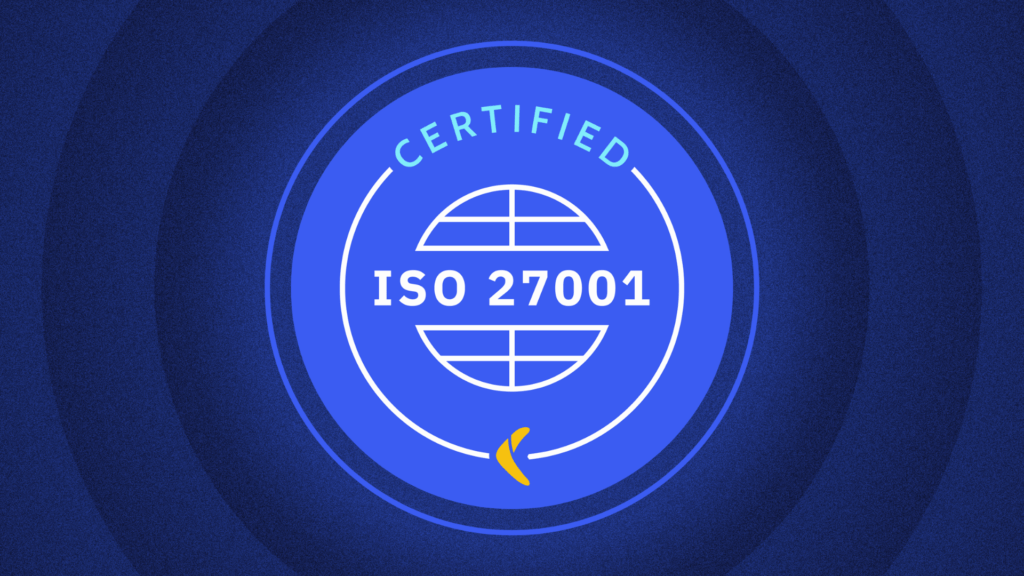After more than a year of complete disruption to the way we shop, buy, and sell, consumers have had little option but to turn to ecommerce platforms to meet their needs. It’s also been the saving grace for many businesses, as those that were able to shift their operations to an online model thrived.
Open for business
Retail has been undergoing its own digital transformation for many years now. Even so, a handful of major players continued to hold onto an on-premise model, thinking they could ride out the changes on the basis of their legacy. While a few were surviving, promoting in-store experiences to drive in-store traffic, the pandemic was the tipping point—the coup-de-grace, if you will.
On the other hand, stores that were already investing in ecommerce were able to pivot their operations quickly, many quite dramatically. In some landmark examples, distilleries switched to making hand sanitizer. Clothing retailers and big-box stores ventured into grocery delivery. Trends like buy-online-pick-up-in-store (BOPIS) helped stores stay open and kept consumers happy because even though they couldn’t go into the stores to shop, they could still get the products and the service they wanted.
Contactless checkout, augmented reality (for virtual try-ons), and omnichannel customer service helped keep the ball rolling, but not everyone was able to keep up with changing customer demands. Namely, retailers that lagged behind in digital transformation were left scrambling as consumers went online.
Ecommerce pros and cons: What’s holding you back?
Ecommerce, the practice of buying and selling goods and services on the internet, comes with many pros and cons.
On the plus side, it’s a way for merchants to stay in business and take advantage of the recent surge in ecommerce demand. Businesses can expand their potential audience beyond their local market, and since business is done online, they don’t need to hire staff to mind the store. The risk to employee health is significantly reduced and safety is much less of a concern. Lastly, ecommerce provides you with incredible data about your customers and their preferences, helping you tailor your products, selections, and services to their specific needs.
Ecommerce drawbacks
On the downside, ecommerce lacks face-to-face interactions, so customer loyalty will look a little bit different. Some items, like perishable goods and food products, introduce new logistical challenges for ecommerce businesses. Some items, like clothing, are seen as more challenging to purchase online by consumers. Accurate sizing, product descriptions, and good-quality images are essential, or you might be in for a lot of returns and a ton of extra work.
Inventory management, customer service, and increased dependence on supply chain partners are all things you have to think about. The right technology is essential.
And finally, there’s the not-so-small issue of data security. Your site must be secure and have reliable payment processors in place to ensure customer confidence and compliance with data security regulations.
Protecting the store
Fortunately, there are many ways to protect your ecommerce website, including all your transactions and customer data. The right solutions ensure the store is always open for business and helps your customer feel good about shopping with you.
Here are a few tips to help you drive ecommerce success:
- Choose a reliable platform. Shopify and BigCommerce are two of the most user-friendly platforms available today. They make it easy to get set up and get selling fast, and since they specialize in ecommerce, they’ve put all the tools you need at your fingertips.
- Secure your website. A valid SSL certificate is essential to ecommerce security. It promotes customer confidence and tells the search engines that your site is safe to visit. SSL certificates are usually free when you sign up with an ecommerce platform.
- Implement online backups. Backups are a critical part of ecommerce success. Should anything go wrong, from an accidental file deletion to a third-party app or plugin glitch, you can restore a single image or the whole site in seconds.
Transitioning to ecommerce requires a strong tech stack, reliable data security, and a willingness to implement new procedures and practices. In return, it offers an incredible way to reach new customers, capitalize on niche and specialty markets, and take advantage of the 24/7 global economy. With the right tech tools in your kit, your store can delight customers from all over the world, 365 days a year.



